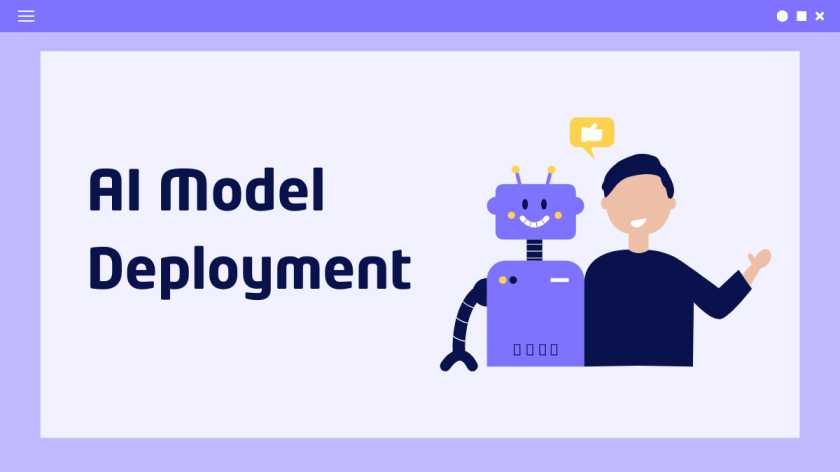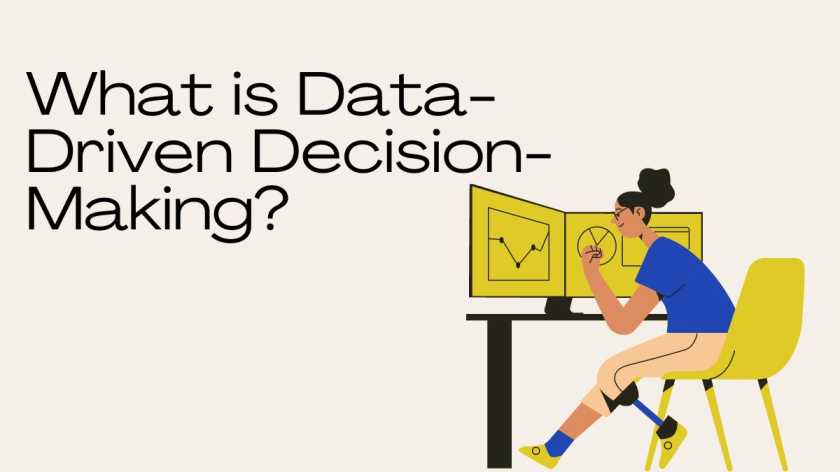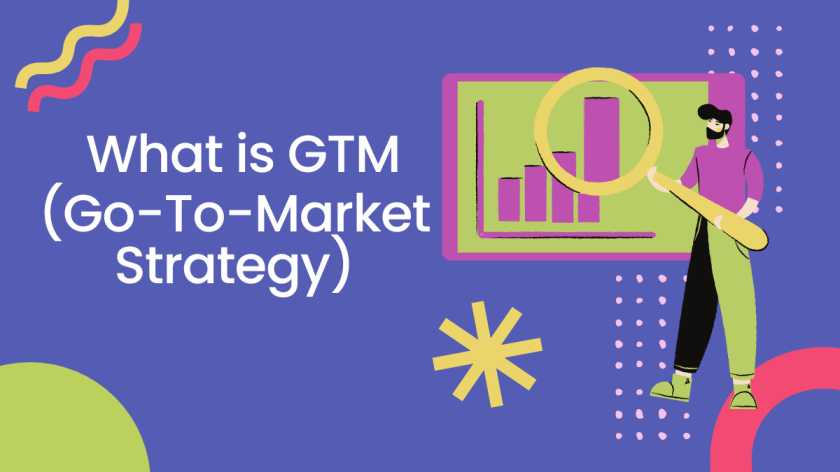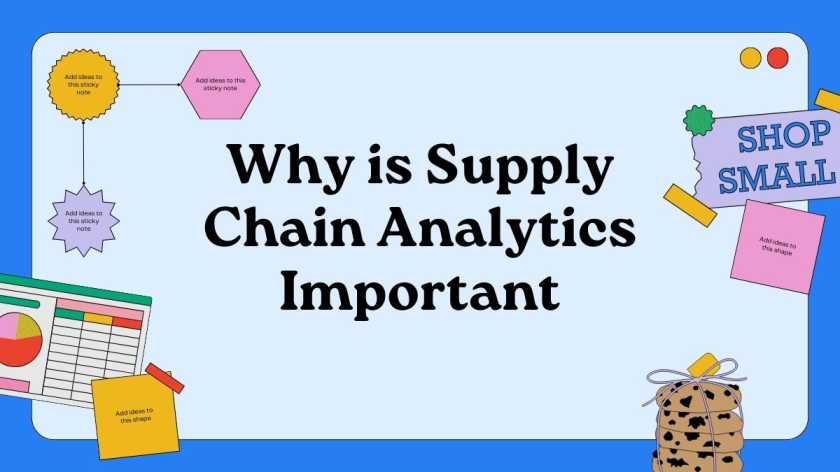Learning how to read a balance sheet is essential for anyone involved in finance, business, or investing. A balance sheet provides a snapshot of a company’s financial position at a specific point in time, showing what the company owns (assets), what it owes (liabilities), and the owner’s equity (shareholders’ equity).
However, reading and interpreting a balance sheet correctly can be challenging, especially for those new to financial analysis. In this post, we’ll explore the common mistakes people make when analyzing balance sheets and offer tips on how to avoid them.
Understanding these pitfalls will help you make more informed decisions and avoid costly errors.
- Ignoring the Balance Sheet Format
One of the first mistakes people make is not understanding the balance sheet format. A balance sheet is typically divided into two sections: assets on one side and liabilities and equity on the other. The two sides must always balance (hence the name), meaning the total assets must equal the total liabilities and equity. Failing to grasp this basic format can lead to confusion and misinterpretation of the data.
Tip: Before diving into the details, familiarize yourself with the balance sheet format. Know where to find the assets, liabilities, and equity, and ensure you understand how they relate.
- Focusing Only on Short-Term Data
Another common mistake is focusing solely on short-term data without considering the broader picture. Balance sheets are snapshots in time, and looking at just one period can give you a skewed understanding of a company’s financial health. For example, a company might have strong current assets in one quarter but a declining trend over several quarters.
Tip: Analyze balance sheets over multiple periods to identify trends. This will give you a more accurate picture of the company’s financial stability and performance over time.
- Overlooking Non-Current Assets
Non-current assets like property, plant, and equipment and intangible assets like patents are often overlooked in favor of current assets like cash and accounts receivable. However, non-current assets can provide valuable insights into a company’s long-term investments and potential for future growth.
Tip: Pay attention to non-current assets and consider how they contribute to the company’s long-term strategy and potential for growth. Evaluate whether these assets are being used efficiently to generate revenue.
- Misinterpreting Liabilities
Liabilities are a crucial part of the balance sheet but are often misinterpreted. Not all liabilities are created equal—some, like short-term debts, must be paid off quickly, while others, like long-term debt, are spread out over several years. Misunderstanding the nature of these liabilities can lead to inaccurate conclusions about a company’s financial health.
Tip: Differentiate between short-term and long-term liabilities. Consider the company’s ability to meet its short-term obligations without compromising its long-term financial stability. Also, examine the interest rates and terms associated with any long-term debt.
- Neglecting the Importance of Equity
Shareholders’ equity is often overlooked when analyzing a balance sheet, but it is a critical component. Equity represents the residual interest in the company’s assets after deducting liabilities. It’s essentially what the owners would be left with if the company were liquidated. Ignoring equity can result in an incomplete understanding of the company’s financial position.
Tip: Always consider the shareholders’ equity section. Look at the retained earnings and any changes in equity over time. This can provide insights into how the company funds its operations and whether it’s generating value for its shareholders.
- Failing to Analyze Ratios
Ratios are powerful tools for analyzing a balance sheet, yet many fail to use them effectively. Ratios like the current, quick, and debt-to-equity ratios can provide a clearer picture of a company’s liquidity, efficiency, and financial stability. Without these ratios, you might miss out on critical insights.
Tip: Use financial ratios to supplement your analysis. For example, the current ratio (current assets divided by current liabilities) can help you assess the company’s ability to pay off its short-term obligations. The debt-to-equity ratio (total liabilities divided by shareholders’ equity) can indicate how much debt the company uses to finance its assets.
- Overlooking Off-Balance Sheet Items
A standard balance sheet analysis often misses off-balance sheet items, such as operating leases or joint ventures. While not directly listed on the balance sheet, these items can still significantly impact a company’s financial health.
Tip: Always look for off-balance sheet items in the notes to the financial statements. Understanding these commitments can provide a complete picture of the company’s financial obligations and risks.
- Not Considering Market Conditions
A balance sheet doesn’t exist in a vacuum—the broader market conditions influence it. For instance, a company’s assets may be overvalued or undervalued depending on the current market trends. Ignoring these external factors can lead to a misinterpretation of the balance sheet data.
Tip: Consider the market conditions when analyzing a balance sheet. This includes industry trends, economic factors, and market volatility. Understanding how these factors impact the balance sheet can lead to more accurate conclusions.
- Focusing Solely on Numbers
While the numbers on a balance sheet are crucial, they don’t tell the whole story. Qualitative factors, such as management quality, company reputation, and competitive position, also play a significant role in a company’s financial health. Focusing only on the numbers can lead to an incomplete analysis.
Tip: Complement your quantitative analysis with qualitative factors. Consider the company’s management team, industry position, and other non-financial factors that could influence its performance.
- Misunderstanding the Relationship Between the Balance Sheet and Other Financial Statements
The balance sheet is just one piece of the financial puzzle. It must be analyzed with the income and cash flow statements to understand a company’s financial health fully. Focusing solely on the balance sheet can result in an incomplete or skewed analysis.
Tip: Integrate your balance sheet analysis with the income and cash flow statements. This will provide a more comprehensive view of the company’s financial performance and position.
- Overvaluing Intangible Assets
Intangible assets, such as goodwill, patents, and trademarks, are often difficult to value accurately. Some analysts may overestimate their worth, leading to an inflated assessment of a company’s financial position. Overvaluing these assets can create a misleading picture of the company’s value.
Tip: Be cautious when valuing intangible assets. Consider the potential for these assets to generate future revenue and their relevance in the industry. Cross-reference intangible asset values with similar companies in the industry to ensure they’re not overvalued.
- Ignoring Depreciation and Amortization
Depreciation and amortization are non-cash expenses that reduce the value of tangible and intangible assets over time. Ignoring these can lead to an inflated view of a company’s profitability and asset value. This is particularly important in capital-intensive industries where assets can lose value quickly.
Tip: Always account for depreciation and amortization when analyzing a balance sheet. Check how the company depreciates its assets and whether it aligns with industry standards. Understanding these reductions can give a clearer picture of the true value of the company’s assets.
- Neglecting to Compare with Industry Peers
A common mistake is to analyze a company’s balance sheet in isolation without comparing it to industry peers. This can lead to misjudgments about the company’s performance and financial health.
Tip: Always compare the balance sheet with those of industry peers. This will give you a benchmark for evaluating the company’s performance, helping you understand if it’s overperforming or underperforming relative to competitors.
- Failing to Consider Seasonal Fluctuations
Some industries experience significant seasonal fluctuations that affect the balance sheet. For example, retail companies may have higher inventories and receivables during the holiday season, which can skew the analysis if not considered.
Tip: Consider seasonal factors when analyzing a balance sheet. Look at the timing of the financial snapshot and compare it to other periods in the same year to account for seasonal variations.
The Final Words
Analyzing a balance sheet is a critical skill that can provide valuable insights into a company’s financial health. However, it’s easy to make mistakes that can lead to misinterpretation and poor decision-making. By avoiding the common pitfalls outlined in this article, you can enhance your ability to read and interpret balance sheets accurately.
Consider the balance sheet format, look at both short-term and long-term data, analyze financial ratios, and consider external factors and industry benchmarks. With practice and attention to detail, you’ll become more confident in your ability to analyze balance sheets and make informed financial decisions.
Unlock Diverse Finance Career Opportunities with the Chartered Financial Analyst (CFA) at Imarticus Learning
A Chartered Financial Analyst (CFA) charter is a highly respected finance credential showcasing deep finance and investment expertise. At Imarticus Learning, this globally recognized qualification opens doors to diverse opportunities in finance careers. After completing the program, you can explore various finance career paths, gaining an edge in the competitive financial landscape.
The CFA program at Imarticus Learning covers essential topics such as economics, investment analysis, accounting, and ethics. With its well-structured curriculum, this Chartered Financial Analyst course can significantly boost your career and position you for success.
A Business Analyst, one of the prominent roles after earning a CFA, is crucial in bridging the gap between business needs and financial strategies. The role requires investment research, financial analysis, regulatory compliance, risk management, and strategic planning.
Learn more about the CFA course details and take the next step in your finance and accounting career.










